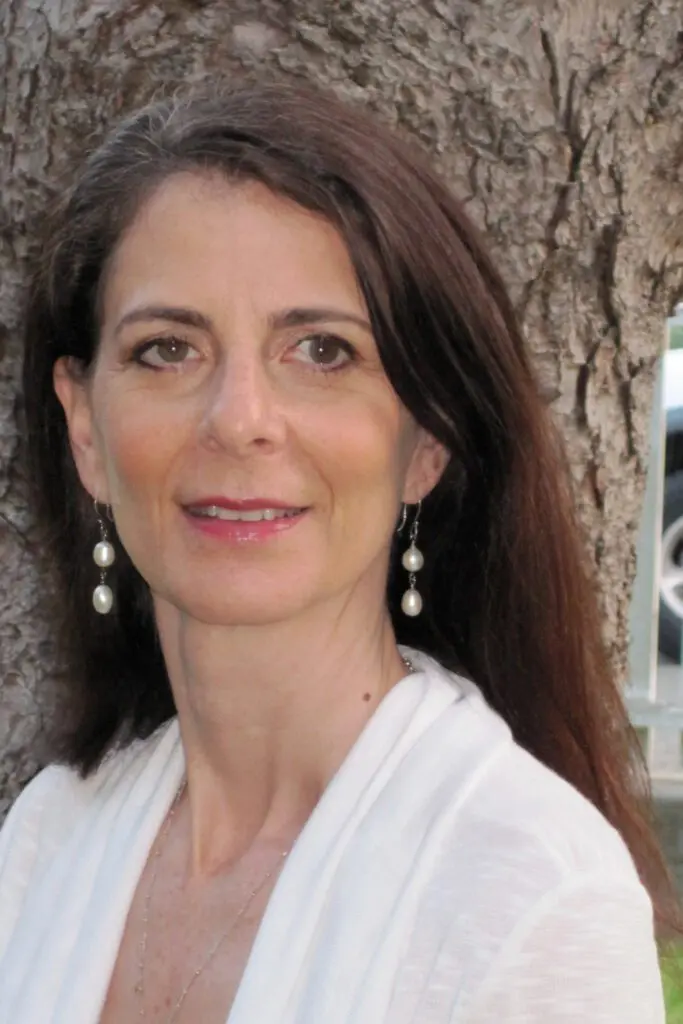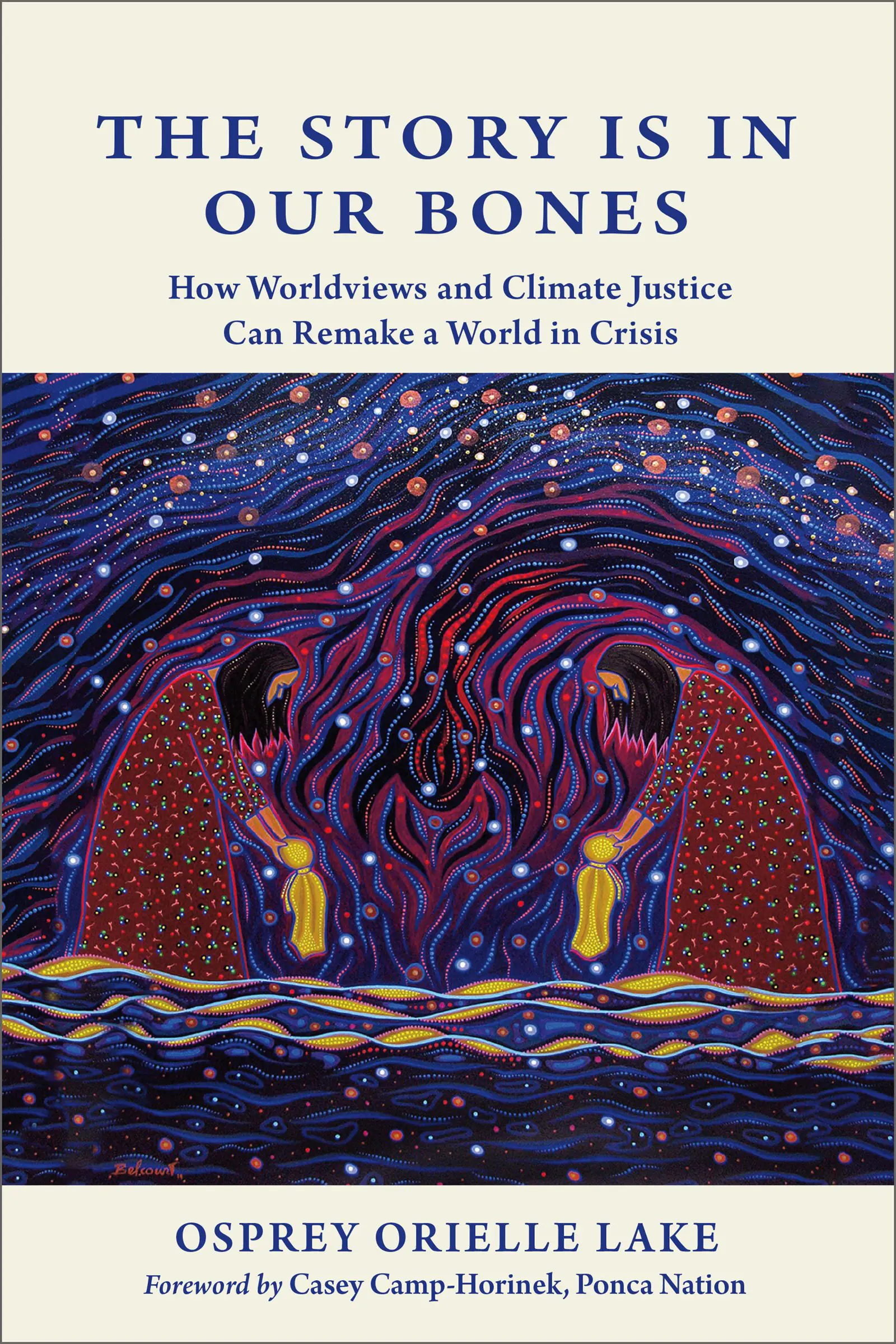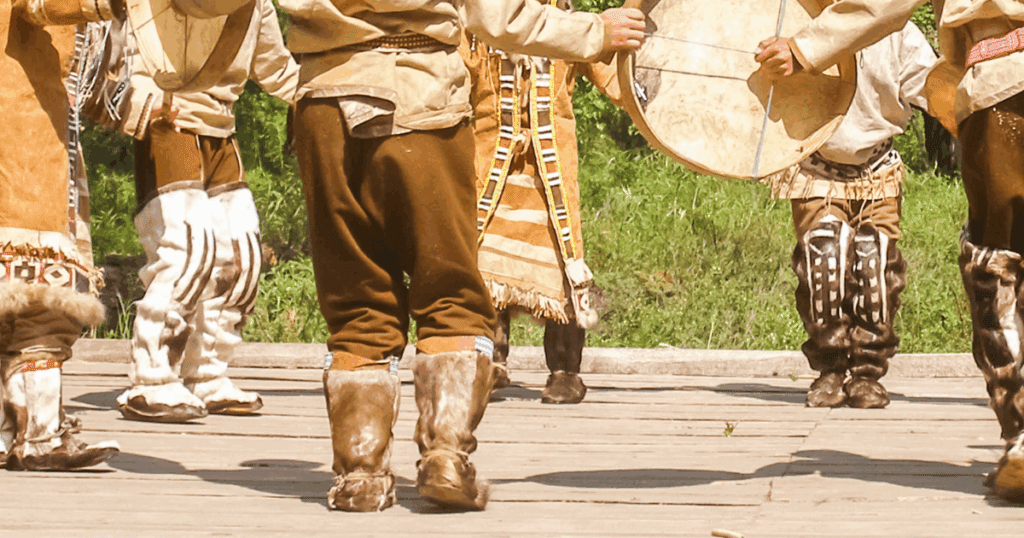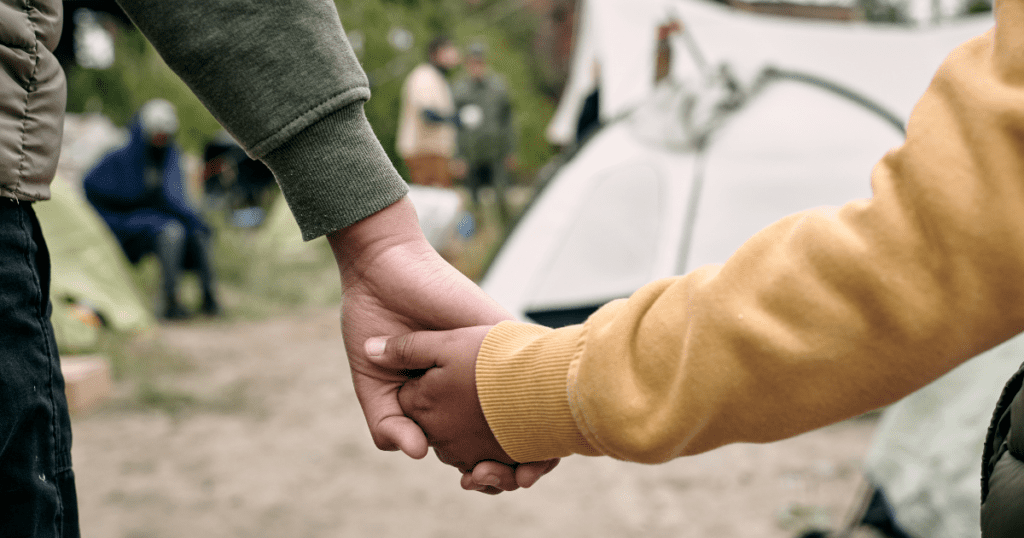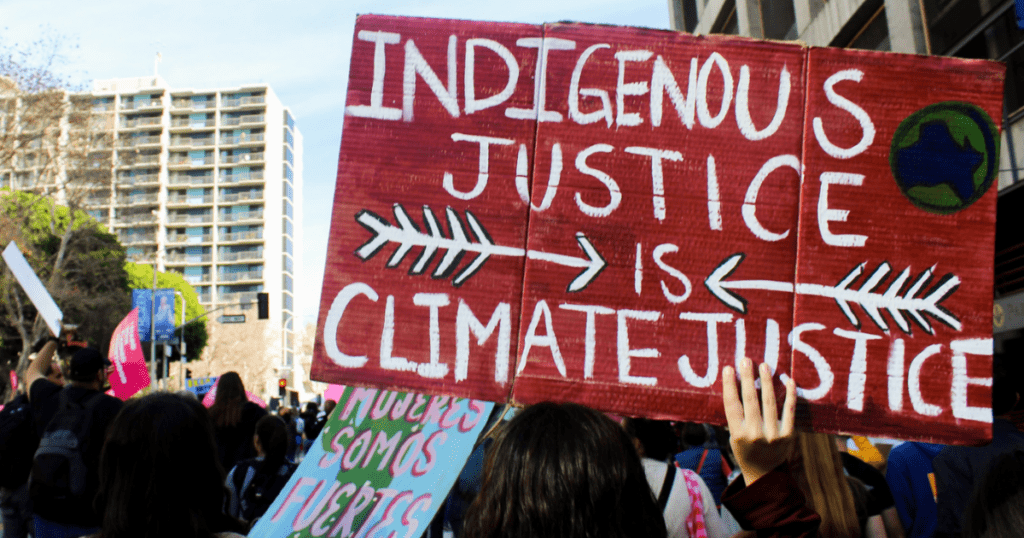
Last week, I wrote a practical piece about preparing for the midterm elections. This week, I am exploring how much is already burning and what we can do with the fire. (A note to say that the reflections here are meant to accompany the hard everyday fight we are in to defend our elections, protect our neighbors, and stop more devastation to our social systems and environmental protections, limited as they are):
What if what we are experiencing is not just destruction—but an unexpected prescribed burn?
In the world of land stewardship, fire is a welcomed friend. Fire is also a form of wisdom. It is a tool, a healing medicine, a way of tending landscapes that have become choked by years of neglect, imbalance, and extraction. Prescribed burning—an ancient practice honed over thousands of years by Indigenous peoples across the globe—is the intentional and controlled use of fire to restore health to an ecosystem. It’s a meticulous, reverent process guided by deep knowledge of fire ways of being, ecological cycles, weather patterns, soil composition, plant and animal relationships, and the sacred balance between humans and the land.
Prescribed burns reduce the risk of catastrophic wildfires by clearing underbrush, improve biodiversity by renewing native vegetation, manage invasive species, and promote healthier, more resilient ecosystems. It is also not a process that can be rushed or improvised. It requires careful planning, from crafting detailed burn plans and preparing the site, to monitoring weather conditions, smoke dispersion, and post-burn regeneration. Safety is paramount, but so is ancestral, experiential, and ecological wisdom.
Indigenous communities, such as the Yurok, Karuk, and Hoopa peoples in Northern California, have practiced cultural burning for generations. Their fire knowledge is not just technical—it is spiritual, communal, and ceremonial. In this way of understanding, fire is a respected force to work with in land tending. Prescribed burns are low and slow, guided by precision and respect, clearing underbrush and opening canopies so that light can reach the forest floor. Fire makes space for new growth, for seeds that have waited sometimes years for the heat to crack them open. Areas that have been carefully burned create food systems for animals and humans, regenerate medicinal plants, and renew ecological balance.
So, what if what is happening now, in this moment of crisis, is not simply a wildfire spiraling out of control—but an opportunity for a prescribed burn?
Not the kind we would have chosen, and certainly not one carried out with the wisdom of Indigenous firekeepers whose knowledge has been systemically silenced, erased, or co-opted. But a burn nonetheless—one that is clearing the ground whether we are ready or not, leaving us raw and exposed, yes, but also perhaps newly prepared. Because in the aftermath of a prescribed burn, after the air clears and the smoke lifts, there is potential and there is space. There is soil, rich with transformed memory, lessons, and nutrients, capable of holding something new.
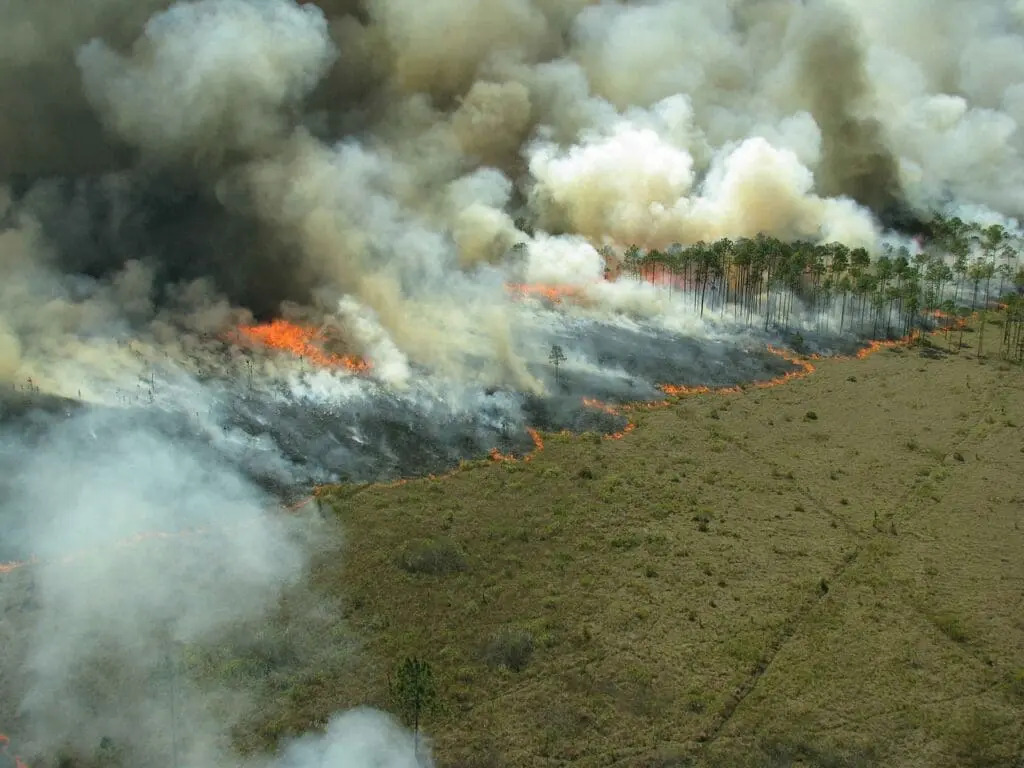
And this matters, because what was here before wasn’t working—not for most of us, and not for the planet. The institutions we have been operating in—our so-called justice system, our schools, our healthcare, our government, our borders—were not built on justice, equity, truth or care for the Earth. They were designed by colonization, instilled with greed, perpetuated by genocide, and made efficient by racism and domination. These institutions and ways of being do not serve liberation, the roots do not support balance, and the DNA carries the legacy of violence.
Rebuilding them “better” using the same foundations will only bring back the illnesses of society that we see today. So the inquiry is not how we fix what was, but what is it we are rebuilding and how?
What if instead of reconstructing what was lost, we use this terrifying moment to imagine what has never yet been built? This is a time to resist the reflex to recreate a version of the world that was already untenable, and instead focus on designing something with a new origin. A system that does not reward hoarding, but nurtures reciprocity. A society that does not center control at the top, but centers on collaboration. An economy based not on endless extraction, but on mutual care and collective well-being. A world where justice means repair and where land is not owned but honored. Many people have been imagining a world of justice and collective thriving for a very long time— this is work already well underway, but it needs space to grow.
This discourse may seem naïve to some, given the extreme moment we are in, but what we have been calling realistic for the last centuries has been a brutal fantasy— the idea that some lives matter more than others, that the Earth is ours to plunder without consequence, that peace with each other and the Earth can coexist with hierarchy and supremacy. That fantasy has failed. That dream has burned, and here we are, in the ashes.
And no, this is not the way I wanted transformation to come. Far too many are suffering, dying, and being killed. There is no beauty in the smoke rising from the wreckage of communities and burning landscapes. In the way this is happening, and who is being harmed, this is not a revolution I celebrate. It is one I grieve deeply.
Instead of fostering belonging, love, and connection to one another and the Earth, we find ourselves in a world where those in positions of power are generating exclusion and hatred. And now, the colonial project, this imperial machinery, and its toxic notion of supremacy, has reached a zenith. The authoritarian oligarchs and extremists, detached from any sense of communal spirit and land-based connection, are retreating into their bunkers, planning for controlled techno-cities or dream of launching themselves into space, escaping the very Earth they are bent on destroying. Their identity, built on extraction, exploitation, and the insatiable hunger for more material wealth, has become a form of selfhood.
Yet what are the techno-billionaires really running from? It is not just the Earth they are fleeing, but the very essence of belonging—belonging to the Earth, to each other, to community. The sickness they carry, this deep-rooted separation from the living world, has morphed into a violent, disjointed society—where the well-being of neighbors, land, water, and forests no longer matters unless it serves the machine of profit. The model is one of infinite extraction, infinite growth, without regard for anything but the financial gain of a select few. This sickness, this illness of the spirit is causing the burn.
And still, it is what we have. We are standing on an Earth that is being scorched.
Then, I remember that some seeds need fire to grow. Certain tree species—like the lodgepole pine, jack pine, eucalyptus, and banksia—carry their future in cones or seed pods sealed shut with resin, and only the intense heat of fire can melt them open. When a fire sweeps through, the resin melts, and the seeds are released into the freshly cleared, nutrient-rich soil, ready to sprout and renew the forest.
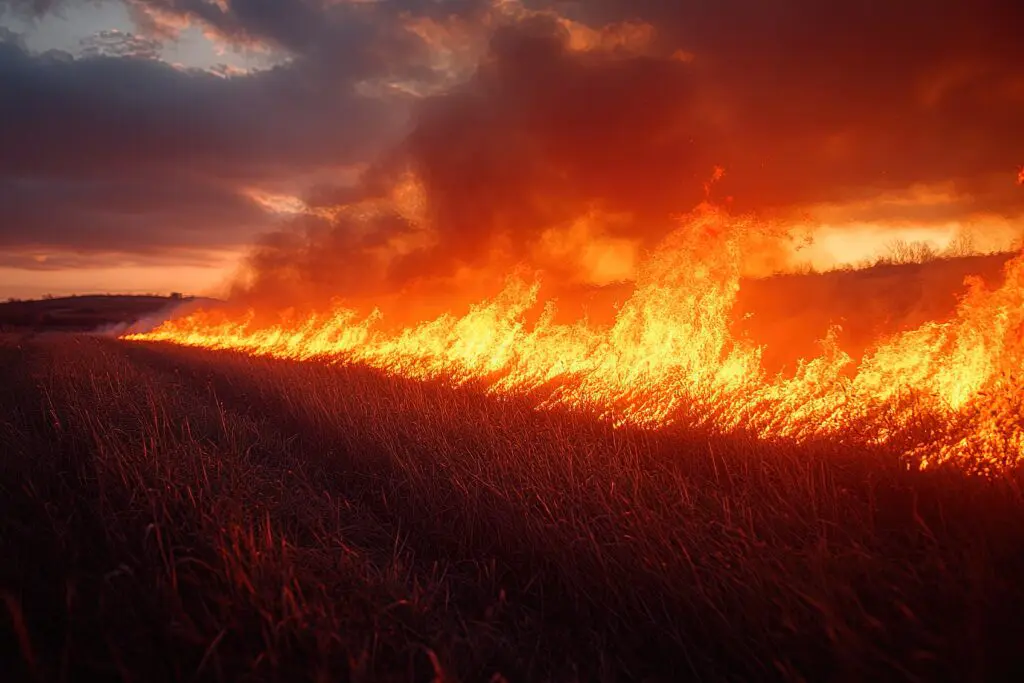
These trees did not just survive fires; they evolved because of them. Fire is essential to their life cycle. Maybe, like those fire-dependent seeds, the new world we long for cannot grow without the fire that has swept through us. Maybe the visions, the values, and the possibilities waiting inside us have been locked tight by years of injustice, denial, and oppression—sealed by a system that wouldn’t let them see the light.
I am hoping with the depth of all that I am, that with the old world burning away, those seeds of a healthy and just world can fall into the soil and take root. We need to study and love the land. We can ask elders, our ancestors, and the Earth herself what is needed. We can remember and uplift the fire knowledge that has never left, the practices that were here long before this empire rose and will be here long after it falls. We can unlearn the desire to dominate and relearn the art of tending.
—Osprey Orielle Lake, author of The Story is in Our Bones: How Worldviews and Climate Justice Can Remake a World in Crisis

